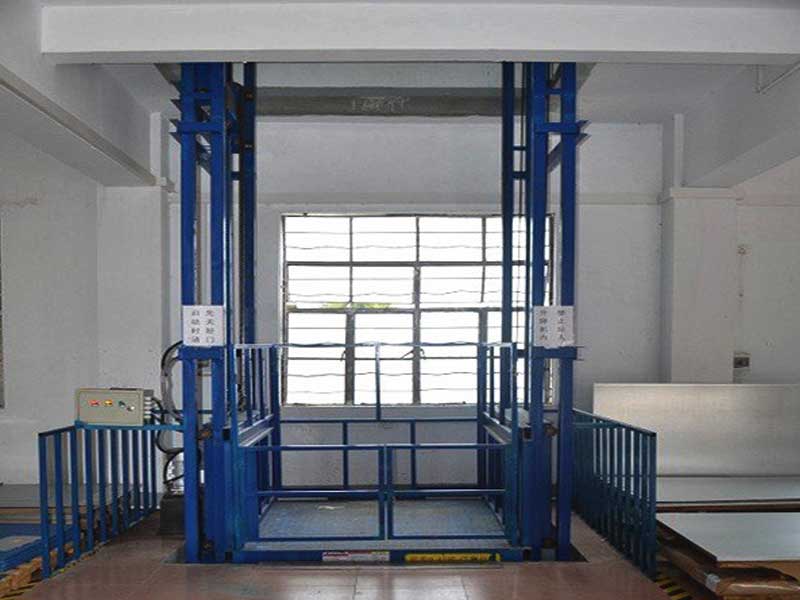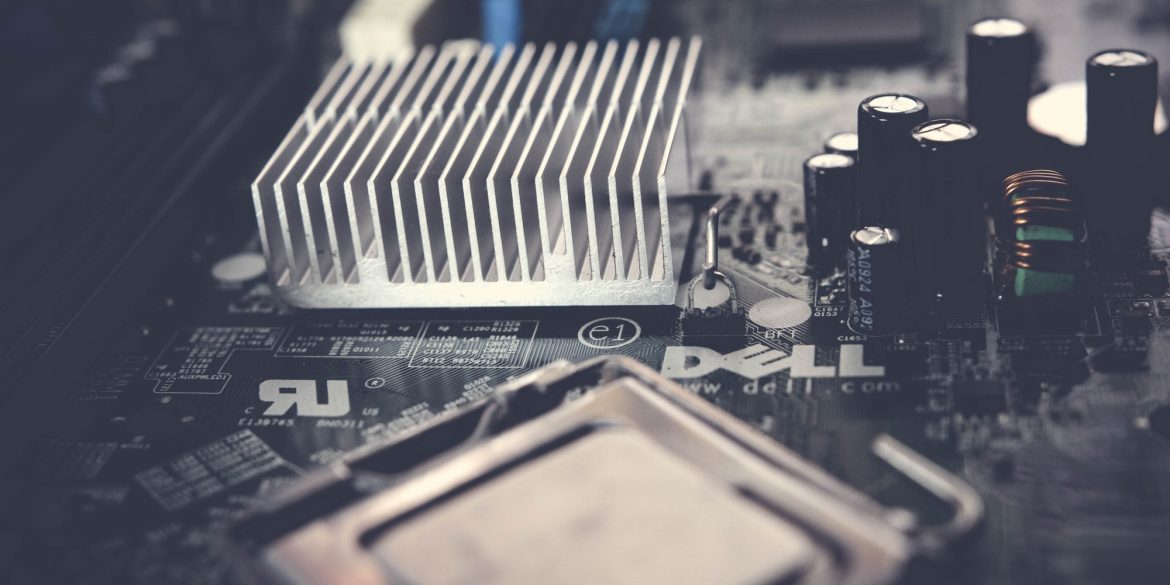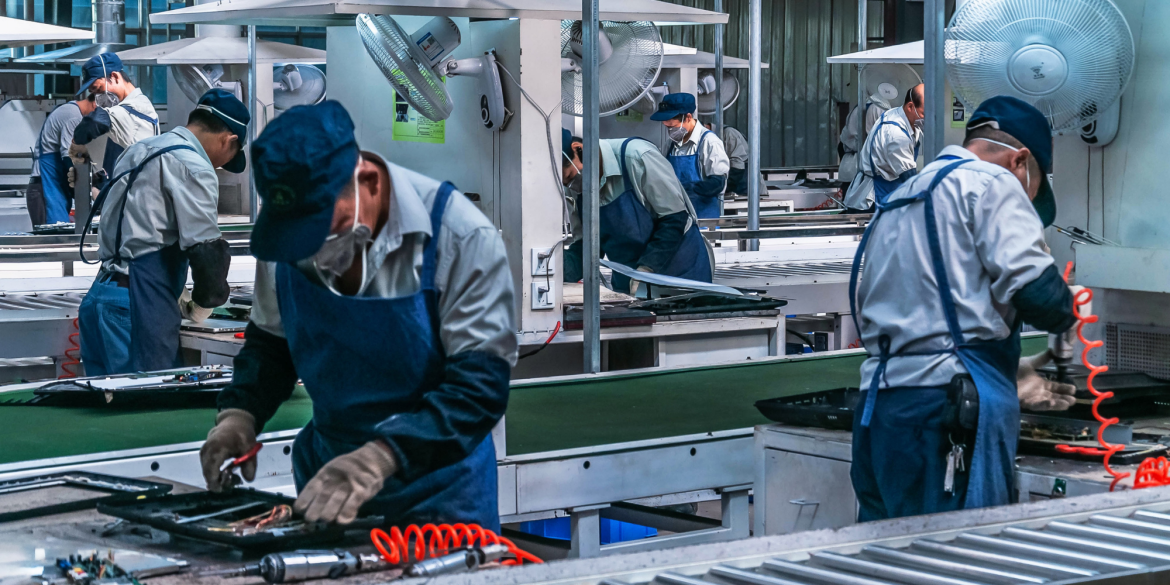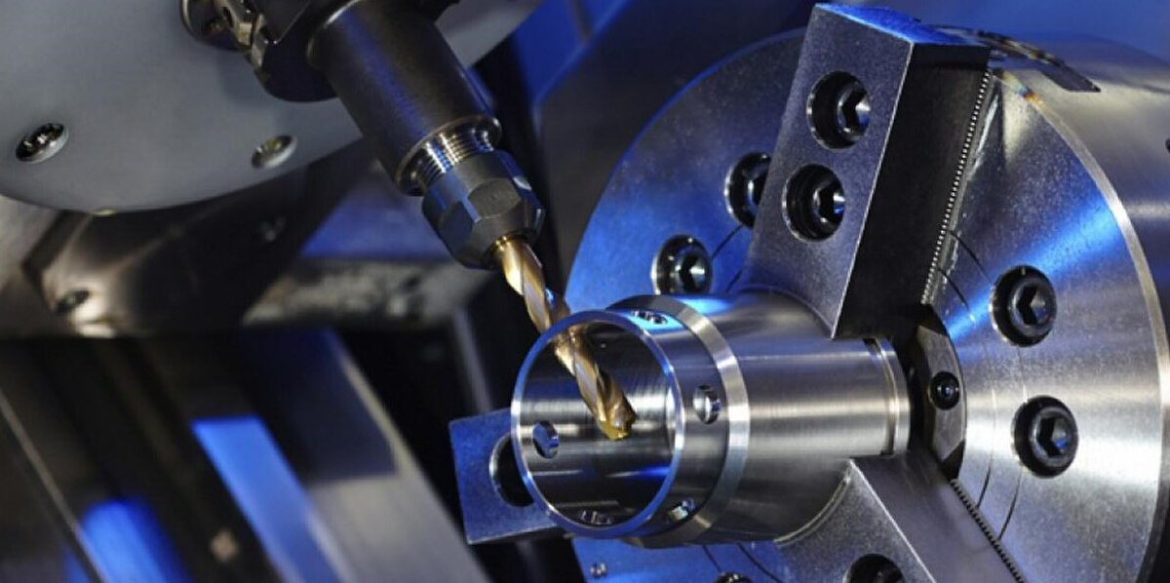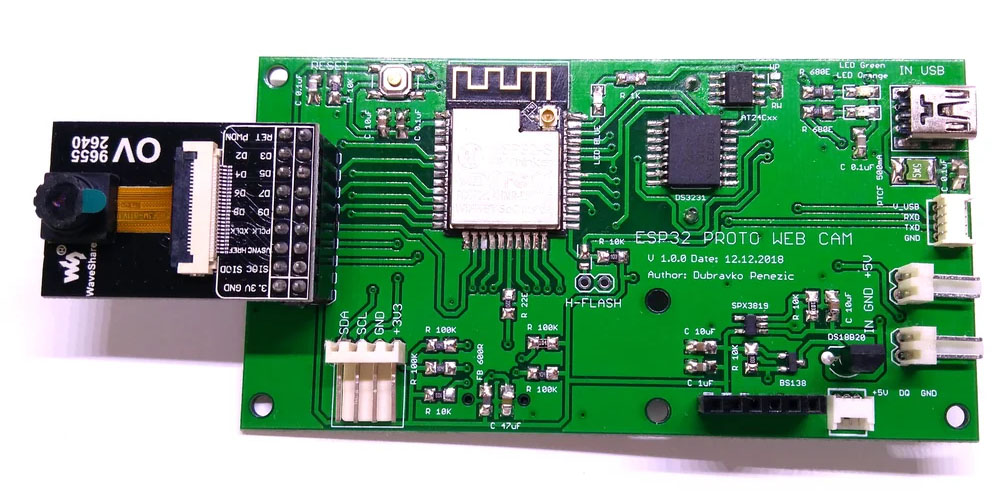Feed pellet mills make animals feed in the form of pellets using raw materials like wheat bran, flour, seedlings, grass, molasses, and others.
The pellet feed is used in various animal farms, including horses, cattle, and chickens, and for different birds and aquatic life farming.
Besides pellet feed production, these machines brought various other benefits to the farmers. Here are a few of those benefits;
1. Better Nutritional Value of Feed
According to research, pellet feed is way more nutritious for the health of animals. In pellet mills, the feed is prepared by compressing various raw materials. During granulation of raw materials, many chemical reactions occur in food due to the moisture and addition of air and oxygen.
The reactions in feed improve the nutritional value of feed in various ways;
Improved Digestion: Due to the thermal processing of feed in pellet mills, starch gelatinization occurs in feed. In this process, starch galantine is formed in feed, which improves animal digestion by approximately 12%.
Improved Growth: The ingestion of feed in animals is directly related to their growth. The pellet feed improved the growth rate in animals by up to 10% compared to their feed consumption.
2. Minimize the Waste Production
Unlike other animal feeding methods, the waste production is minimal in pellet feed production. The pellet machines are designed in a way that they convert almost all the raw material into pellets. This process is relatively easy, convenient, and less messy.
3. Innovative and Convenient Technology
Animal feed production is a consistent process on farms that demand a lot of time and effort. But the, scientific innovations always find solutions that are reliable and convenient to human beings.
Feed pallet mills make dealing with massive amounts of raw materials easier. These machines are easy to clean, use, move, and operate any farmer can use them daily. One single machine is enough to cover the requirements of the whole farm.
Feed Pellet Mill manufacturer are also continuously introducing new pellet machines with better features to make pelleting tranquil for farmers.
4. Hygiene Maintenance
Food hygiene maintenance in animals is as much essential as for human beings. There are a lot of serious health problems found in animals that are associated with their feed. Usually, the raw materials contain many harmful bacteria like salmonella that can cause infectious diseases in animals.
The pellet machines are not inheritably designed to kill bacteria in feed, but these machines attain up to 190°F temperature while working. This temperature is high enough to kill all the germs in the feed, making the feed hygienic for animals’ health.
5. Easy Storage and Handling
Feed pellets are pretty easy to store and handle compared to many other raw materials. After the invention of pellet machines, farmers can now make the animal feeds on a regular or monthly basis rather than ordering the yearly stock at once.
6. Feed Optimization
The feed pellet mills are convenient for farmers as they can optimize the animal feed based on the animal’s requirements and health. The feed optimization saves the farmers from ordering too many different feeds from the market.
Conclusion
The invention of the feed pellets makes farming a lot easier than ever. If you have not brought a pellet mill for your farm yet, then it’s the right time to get one. Get rid of your messy farming routine and make your animals healthier and happy.

